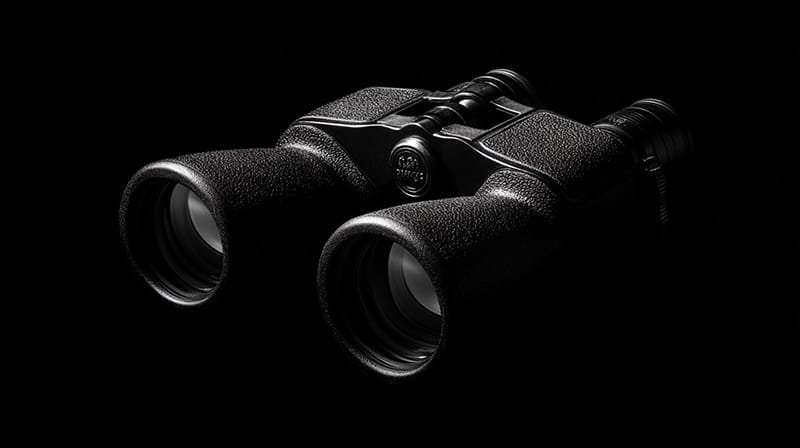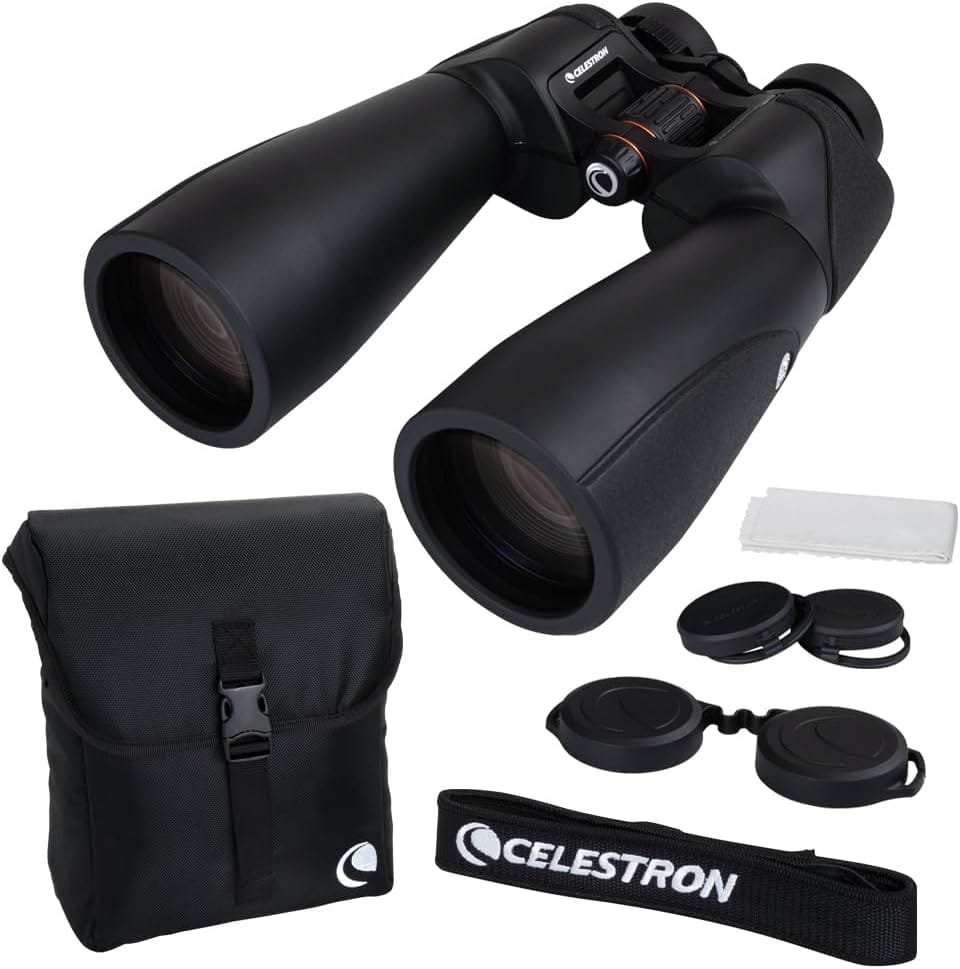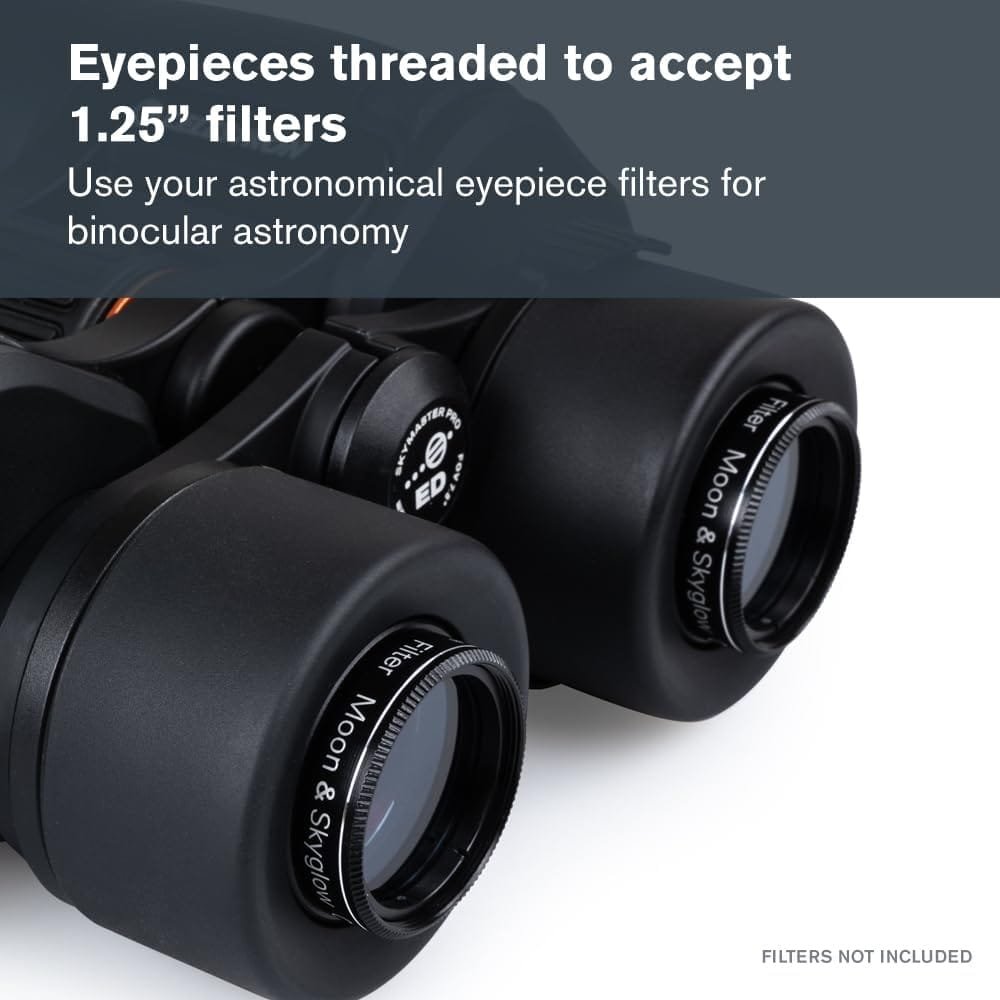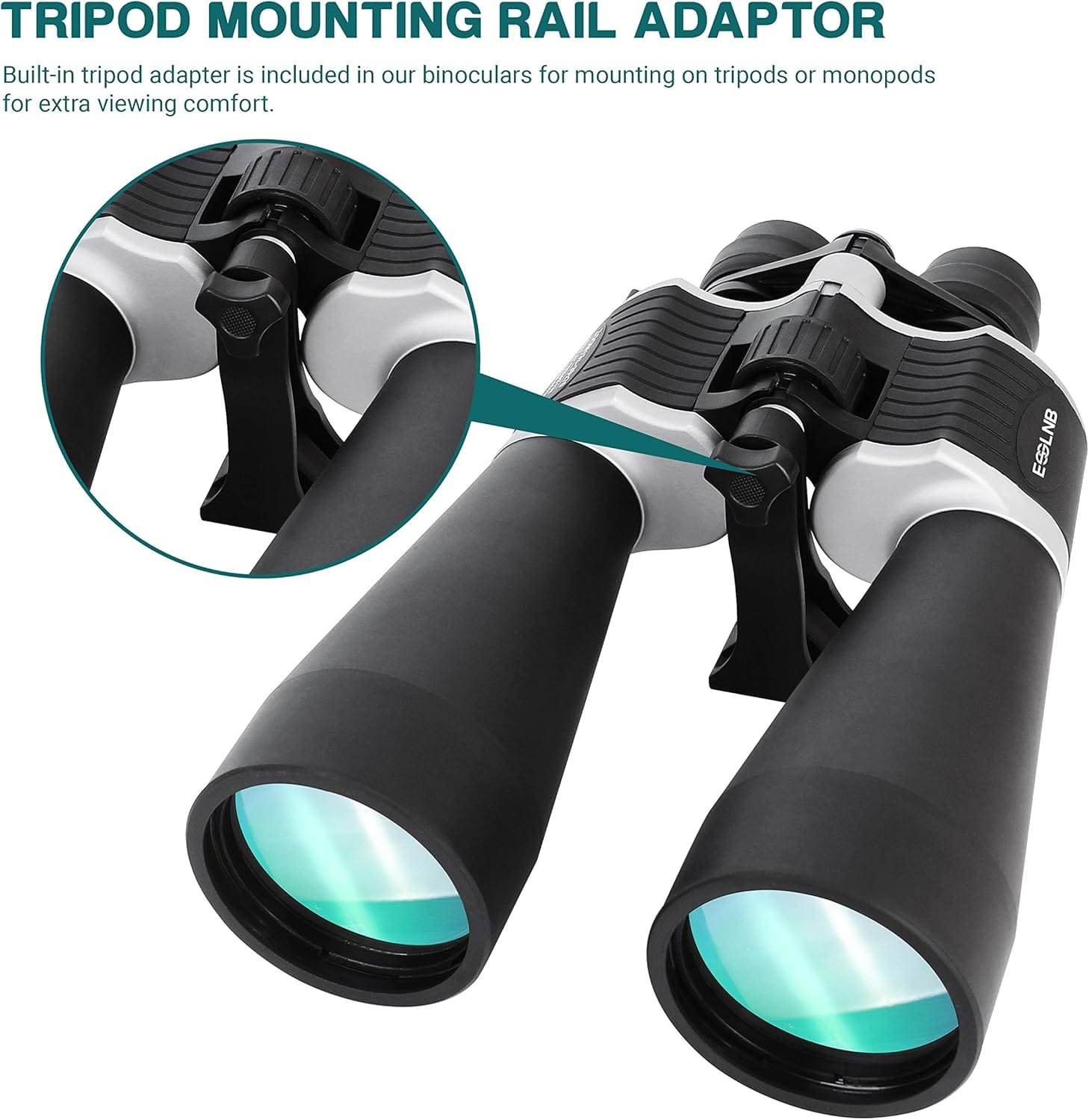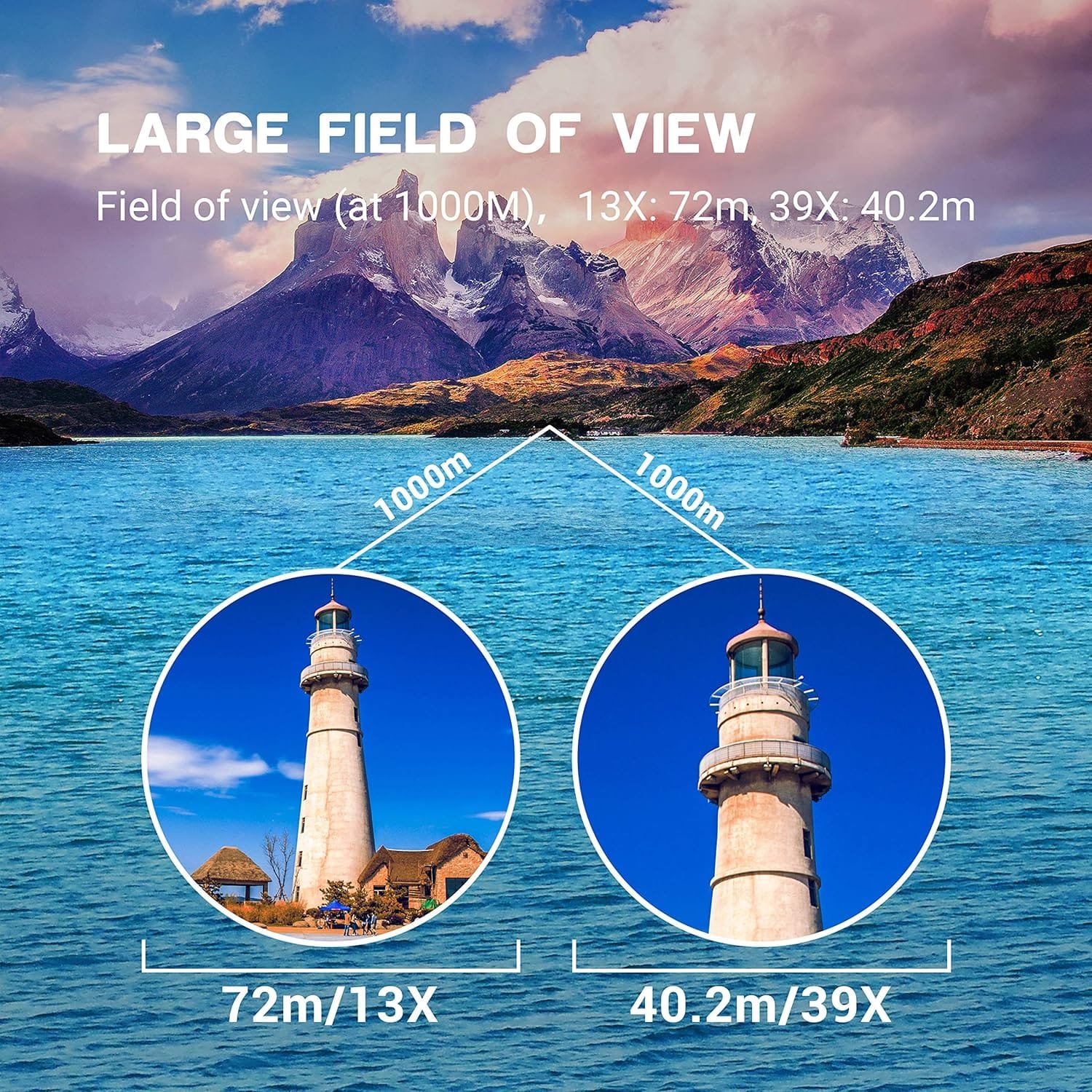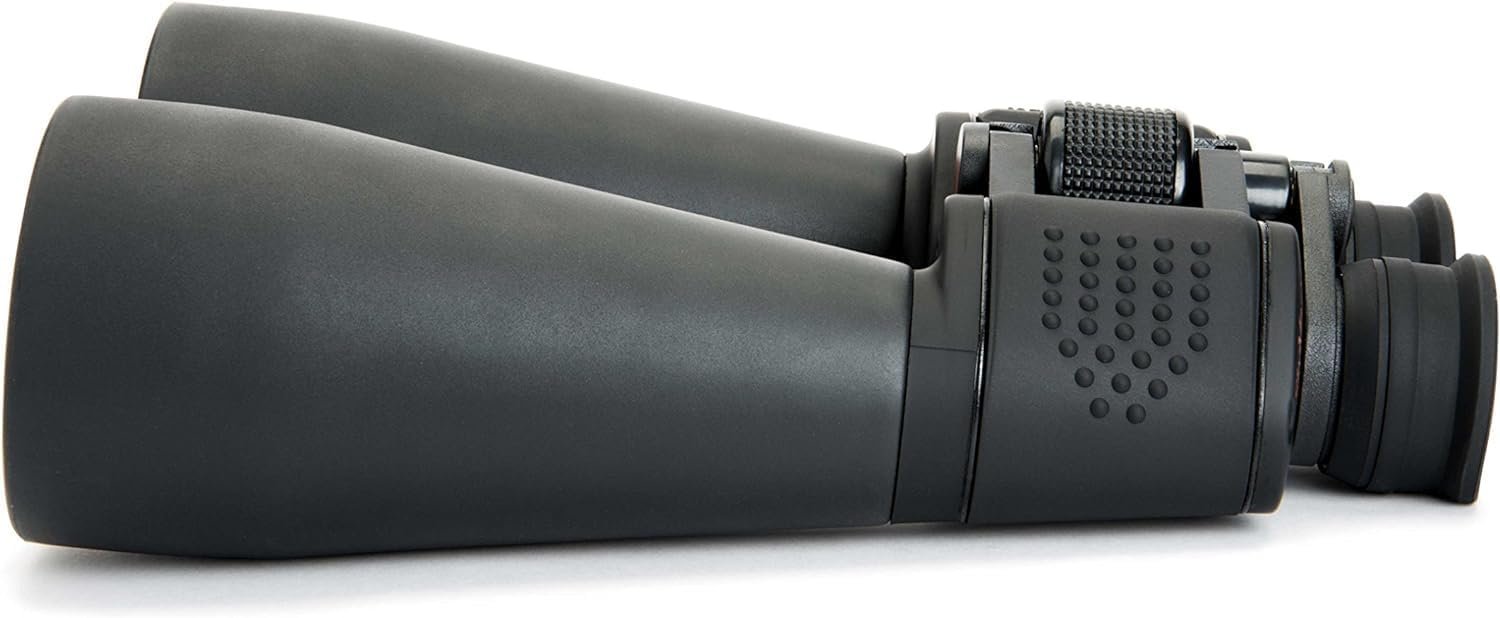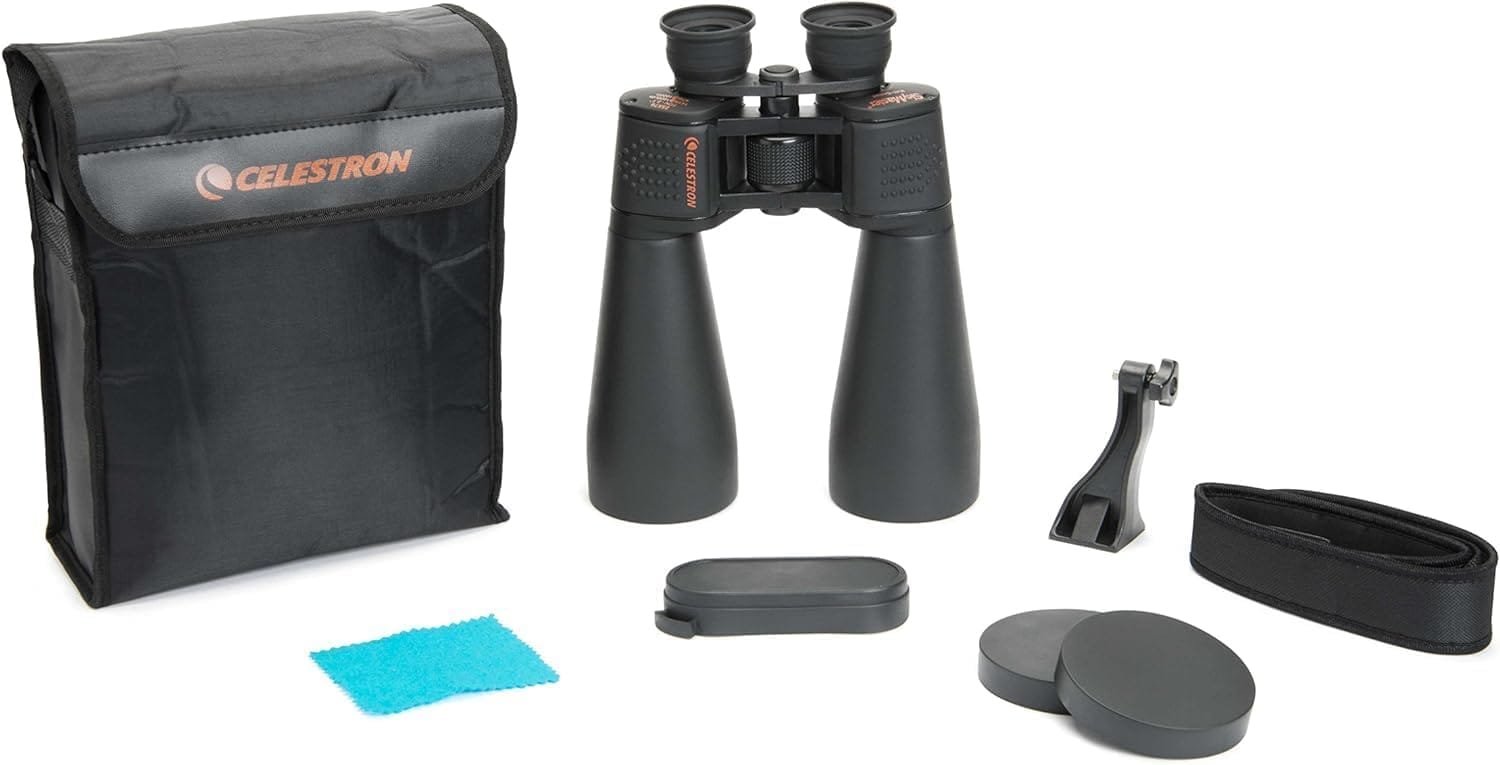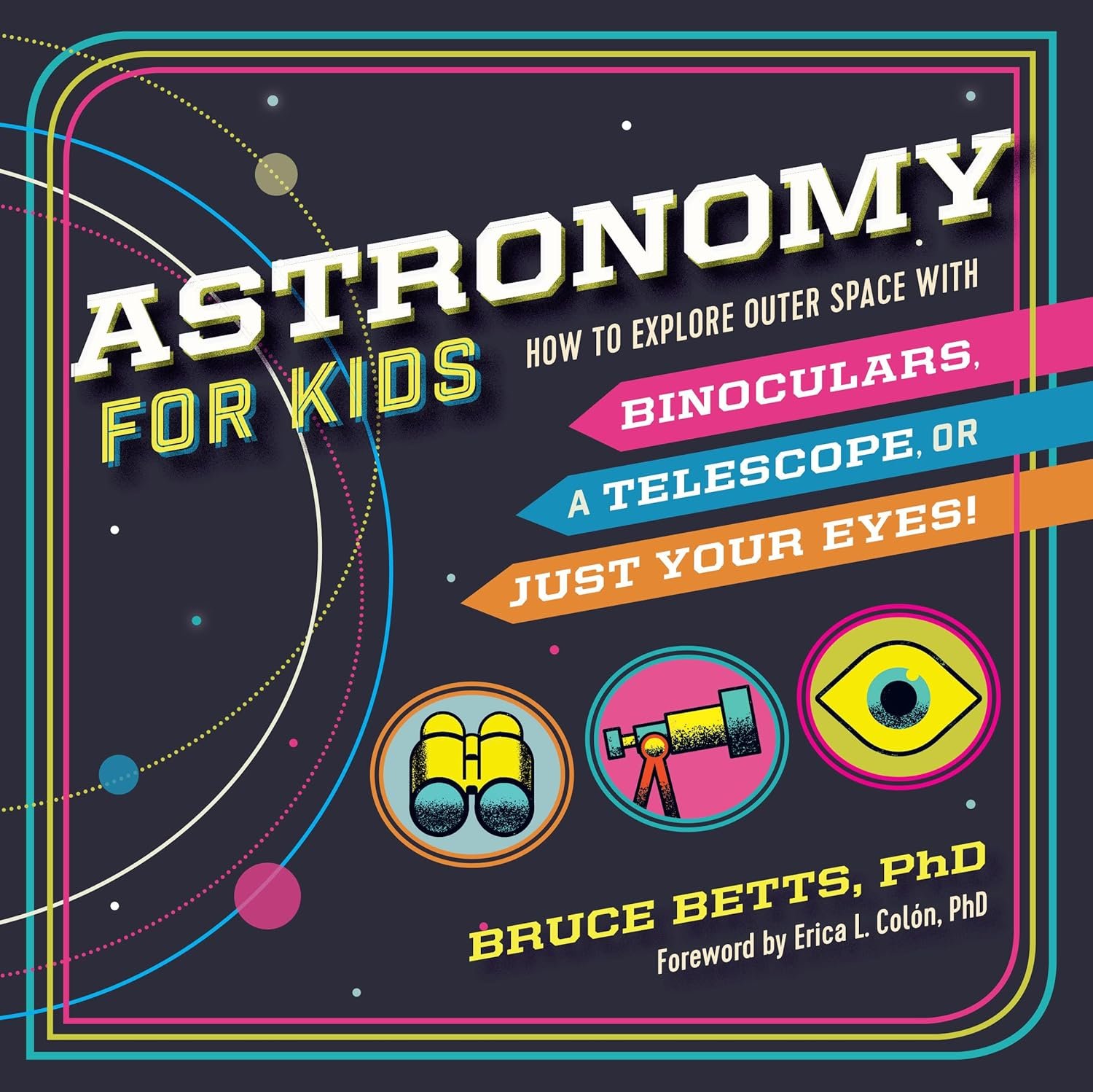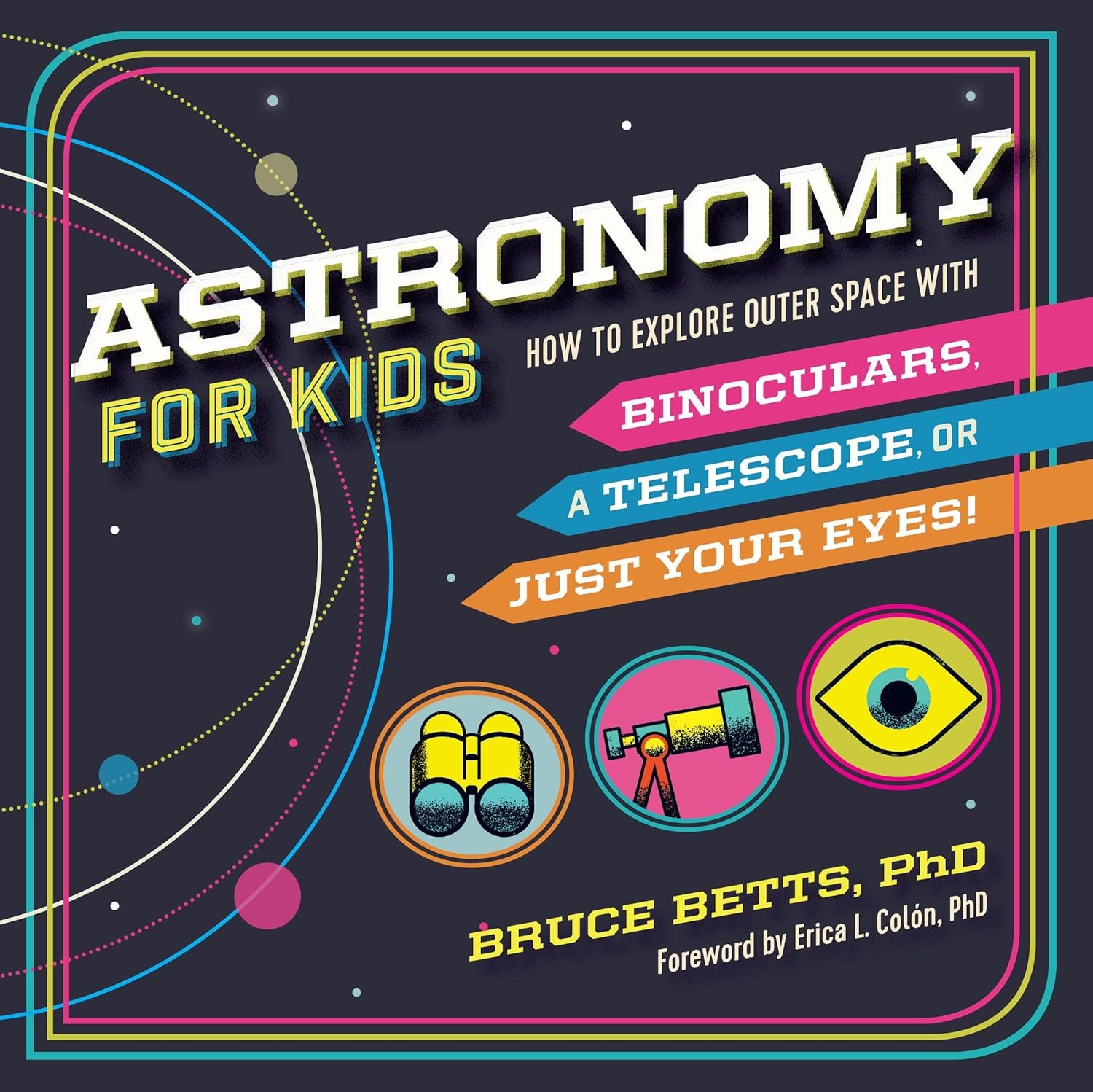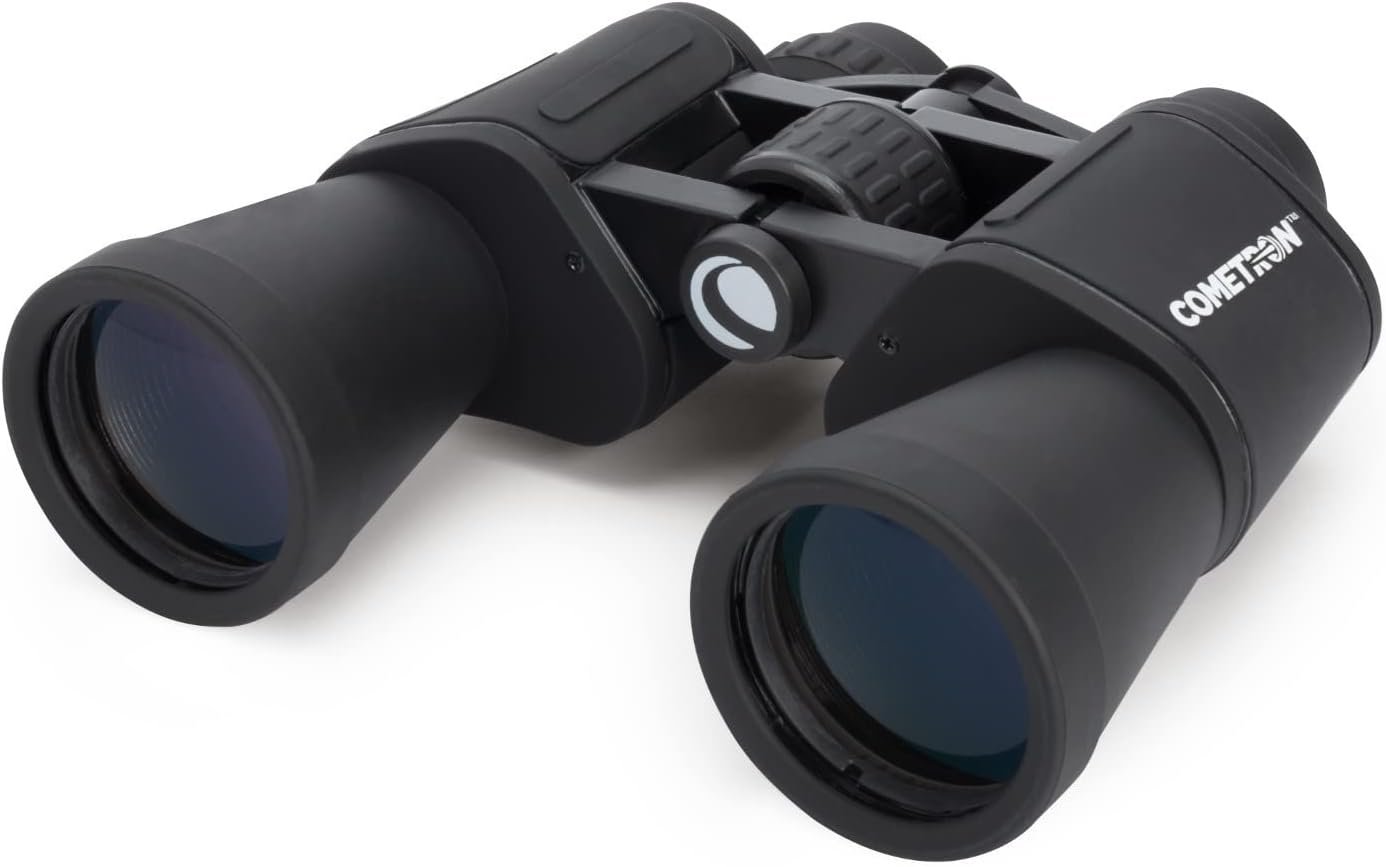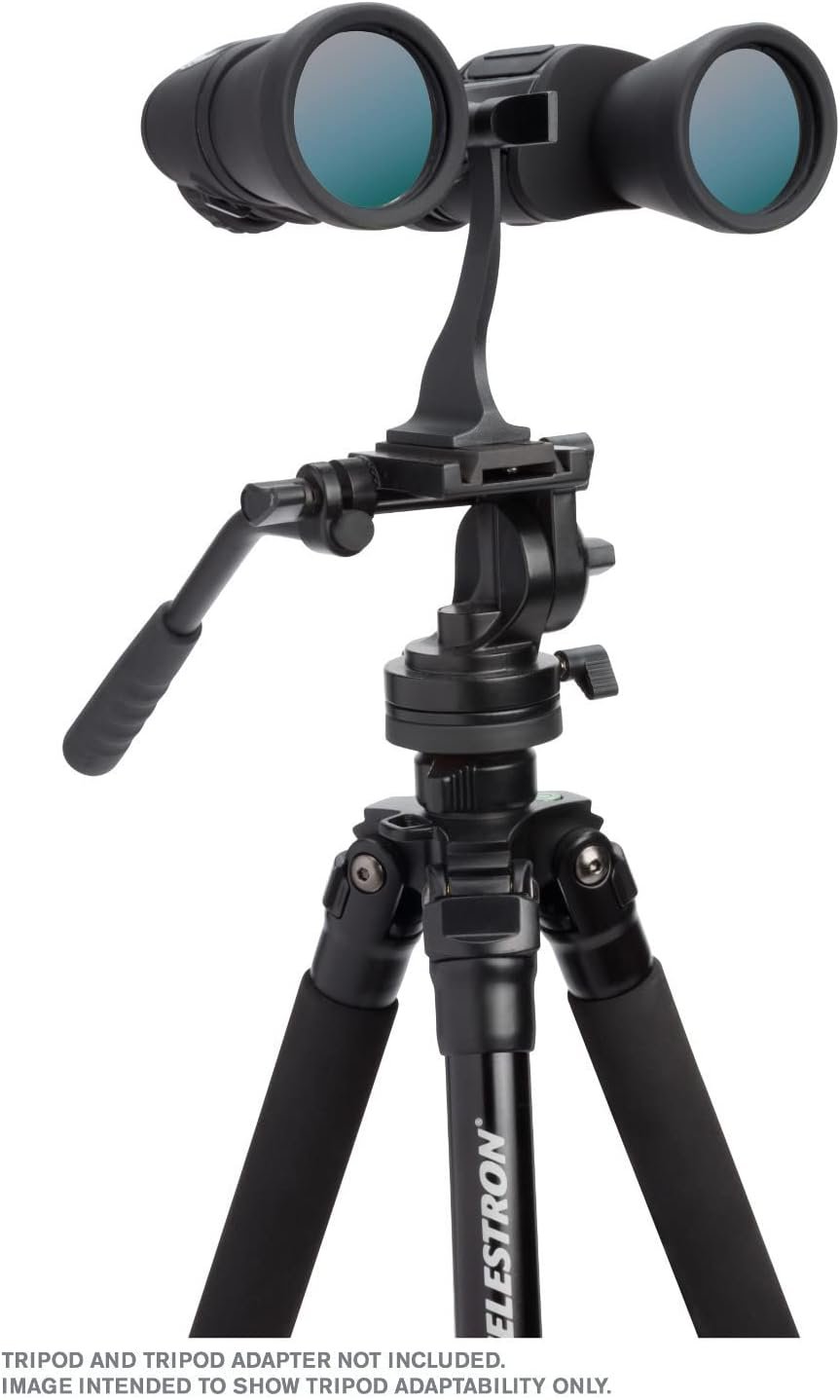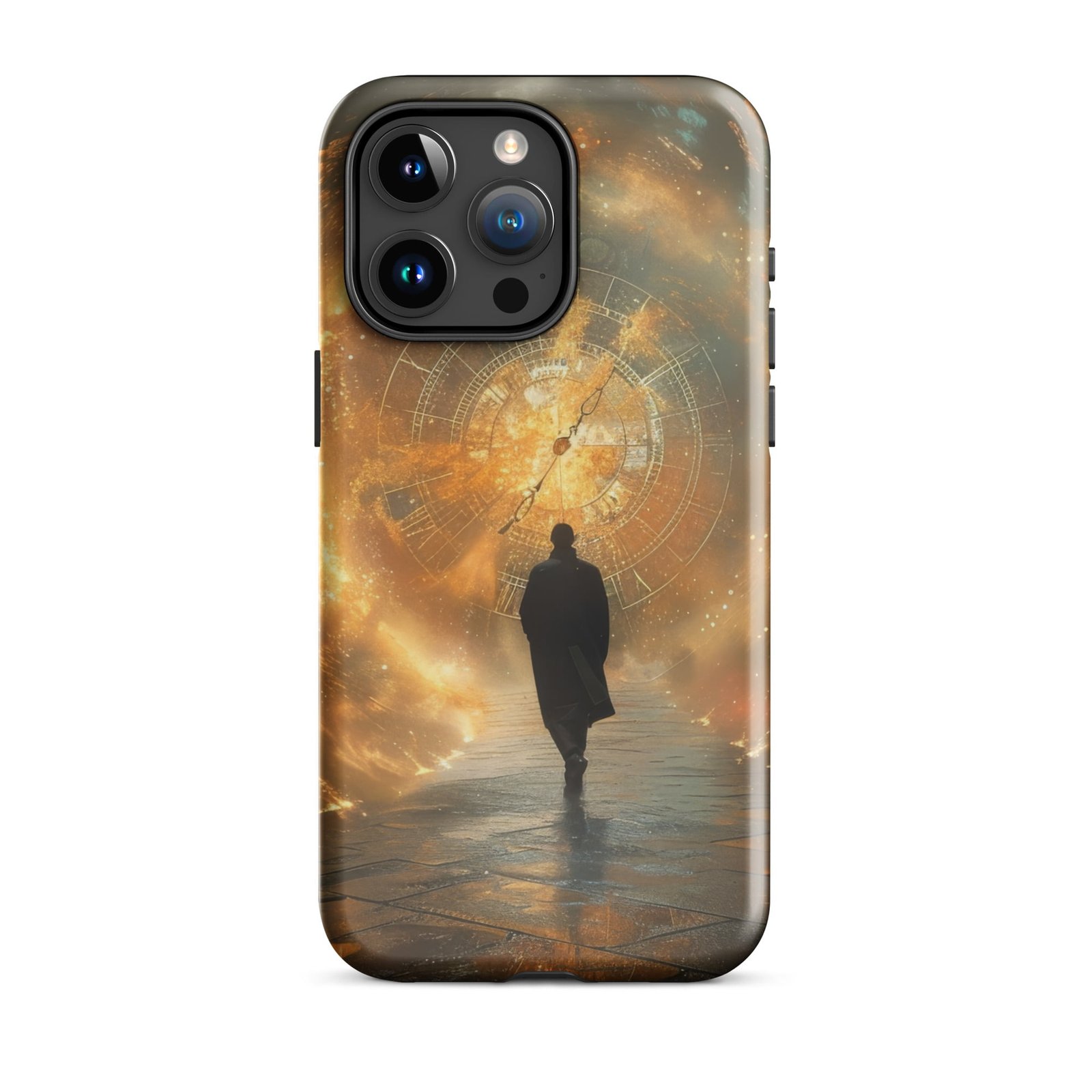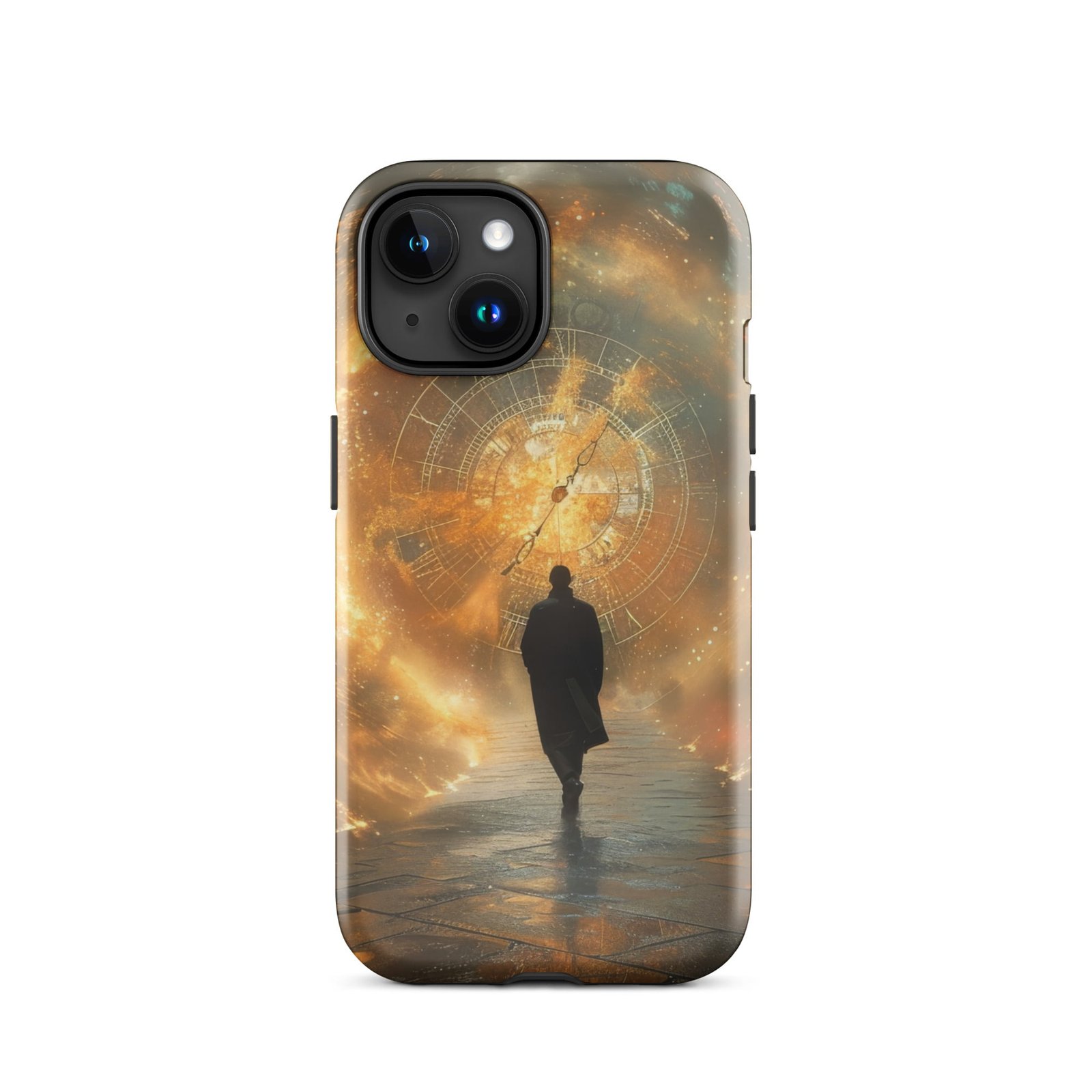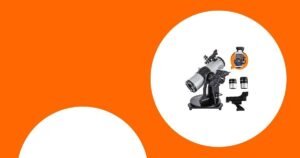Astronomy binoculars offer a wide field of view, affordability, portability, and ease of use, making them great for beginners and casual stargazers.
Astronomy Binocular with ED Glass Pro ED 15×70 Binocular
Giant Binoculars with Tripod
Celestron – SkyMaster 25X70 Binocular – Outdoor and Astronomy Binoculars
Astronomy for Kids: How to Explore Outer Space with Binoculars, a Telescope, or Just Your Eyes! Paperback – November 13, 2018
Celestron – SkyMaster 20X80 Binocular – Outdoor and Astronomy Binocular
Discover the Night Sky with Celestron – Cometron 7×50 Binoculars: Beginner’s Guide to Astronomy
Astronomy binoculars are often overlooked in favor of telescopes when it comes to stargazing. However, they offer unique advantages that make them a worthwhile investment for both beginners and seasoned astronomers. In this blog post, we will explore the benefits, limitations, and overall value of astronomy binoculars to help you decide if they are the right choice for your stargazing needs.
Key Takeaways
- Wide Field of View: Astronomy binoculars provide a broad view of the sky, making them ideal for observing large celestial objects.
- Cost-Effective: They are generally more affordable than telescopes, offering a budget-friendly entry into astronomy.
- Ease of Use: Binoculars are simple to use and require minimal setup, making them accessible for beginners.
- Portability: Their lightweight design allows for easy transportation and spontaneous stargazing sessions.
- Versatility: Binoculars can be used for various activities beyond astronomy, such as bird watching and sports events.
Performance and Capabilities
Wide Field of View
One of the standout features of astronomy binoculars is their wide field of view. This characteristic allows users to observe large sections of the sky at once, which is particularly beneficial for viewing expansive celestial objects like star clusters, constellations, and the Milky Way. Unlike telescopes, which often focus on narrow sections of the sky, binoculars provide a panoramic view that enhances the stargazing experience.
Versatility in Celestial Object Observation
Despite their lower magnification compared to telescopes, astronomy binoculars are capable of observing a variety of celestial objects:
- The Moon: Binoculars offer detailed views of the Moon’s surface, including its highlands and maria.
- Planets: While detailed features are not visible, planets such as Venus, Jupiter, and Saturn can be observed.
- Star Clusters: Open star clusters like the Pleiades (M45) and the Double Cluster are well-suited for binocular observation.
- Nebulae: Large, diffuse nebulae like the Orion Nebula can be seen with binoculars.
- Galaxies: Under dark sky conditions, some galaxies, such as the Andromeda Galaxy (M31), are visible.
- Double Stars: Binoculars can help distinguish double stars, offering a rewarding challenge for observers.
Two-Eyed Viewing
Using both eyes provides a more natural and comfortable viewing experience. This method enhances depth perception and makes it easier to locate objects in the sky. The binocular vision also reduces eye strain, allowing for longer observation sessions.
Cost-Effectiveness
Affordability
Astronomy binoculars are generally more affordable than telescopes. A decent pair of 10×50 binoculars, such as the Nikon Aculon, can be purchased for around $110. This lower price point makes them an attractive option for beginners or those on a budget. In contrast, entry-level telescopes can start at around $100 for basic models, with more capable options costing significantly more.
Value for Money
The versatility of binoculars adds to their overall value. They can be used not only for astronomy but also for other activities like bird watching and sports events. This multi-purpose use makes them a cost-effective investment for those interested in various hobbies.
Comparison to Entry-Level Telescopes
While entry-level telescopes can start at around $100, more capable options like a 100mm Dobsonian telescope cost over $100. Binoculars offer a comparable or lower price point with the added benefit of versatility and ease of use.
Usability and Accessibility
Ease of Use
Binoculars are straightforward to use, requiring little to no setup. This simplicity makes them ideal for beginners and children. The intuitive nature of binoculars allows users to start observing immediately without the need for extensive training or practice.
Portability
The lightweight and compact design of binoculars makes them highly portable. This allows for spontaneous stargazing sessions and easy transportation to dark sky locations. Unlike telescopes, which can be bulky and cumbersome, binoculars can be easily carried in a backpack or car.
Quick Observations
The simplicity of binoculars enables quick observations without the need for extensive setup, making them perfect for impromptu stargazing sessions. This convenience is particularly appealing for those with busy schedules or limited time for astronomy.
Learning Tool
Binoculars serve as an excellent learning tool for beginners, helping them familiarize themselves with the night sky and celestial navigation before potentially moving on to more advanced equipment. They provide a gentle introduction to astronomy without the complexity of telescopes.
Limitations and Considerations
Limited Magnification
Binoculars typically offer lower magnification compared to telescopes, which can limit the detail visible on celestial objects like planets and distant galaxies. For those seeking detailed observations, a telescope might be a better choice.
Stability Issues
Handheld binoculars can result in a shaky image, especially at higher magnifications. A tripod may be necessary for steady viewing, which adds to the cost and setup time. However, many users find that a simple monopod or resting the binoculars on a stable surface can mitigate this issue.
Less Light Gathering
The smaller aperture of binoculars compared to telescopes means they gather less light, which can make it difficult to observe faint objects. This limitation is particularly noticeable in light-polluted areas, where faint celestial objects may be harder to see.
Limited to Brighter Objects
While excellent for viewing the moon, planets, and some star clusters, binoculars may not be suitable for observing very faint deep-sky objects. For those interested in exploring the depths of the universe, a telescope with a larger aperture may be necessary.
Expert and User Opinions
Expert Recommendations
Many experts recommend starting with binoculars due to their ease of use and lower cost. They are less likely to disappoint beginners with poor quality or wobbly views, which can be an issue with cheap telescopes. Binoculars provide a satisfying introduction to astronomy without the frustration of complex equipment.
User Satisfaction
Users frequently report satisfaction with the performance of binoculars in observing celestial objects such as the Moon, planets like Jupiter and Saturn, and even some deep-sky objects under dark skies. The ability to quickly and easily observe the night sky makes binoculars a popular choice among amateur astronomers.
Community Aspect
The affordability of binoculars allows for communal stargazing experiences, as multiple pairs can be purchased for the price of one telescope. This makes them an excellent choice for families, schools, and astronomy clubs looking to engage in group activities.
Are Astronomy Binoculars Worth the Investment?
Based on the comprehensive analysis of the gathered information, astronomy binoculars are indeed worth the investment for stargazing enthusiasts, particularly for beginners and casual observers. Here’s why:
- Cost-Effective Entry Point: Binoculars offer an affordable way to start exploring the night sky without a significant financial commitment.
- Ease of Use and Portability: Their simplicity and portability make them ideal for beginners and those who value convenience.
- Versatile Performance: Despite limitations in magnification, binoculars are capable of observing a wide range of celestial objects, providing a satisfying stargazing experience.
- Learning Tool: They serve as an excellent learning tool, helping users familiarize themselves with the night sky before potentially moving on to more advanced equipment.
- Multi-Purpose Use: The ability to use binoculars for other activities adds to their overall value.
However, for those seeking detailed observations of planets or faint deep-sky objects, a telescope might be a better long-term investment. Ultimately, the decision should be based on the individual’s specific interests, budget, and stargazing goals.In conclusion, astronomy binoculars represent a valuable and worthwhile investment for stargazing enthusiasts, offering a perfect balance of performance, affordability, and accessibility that makes them an excellent choice for exploring the wonders of the night sky.
